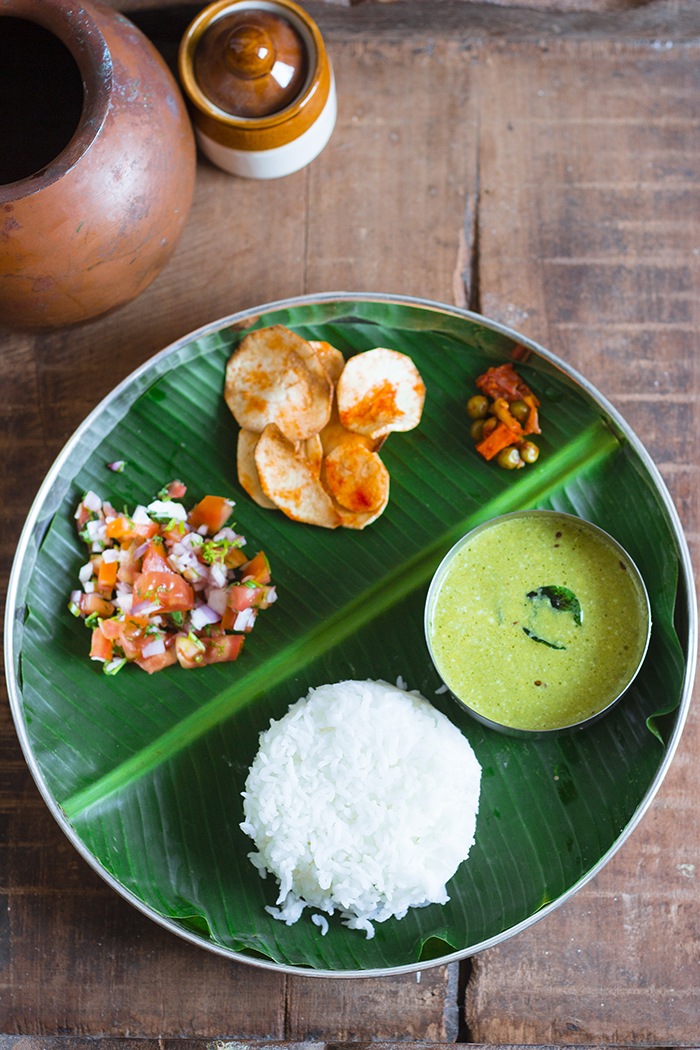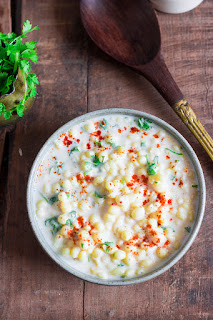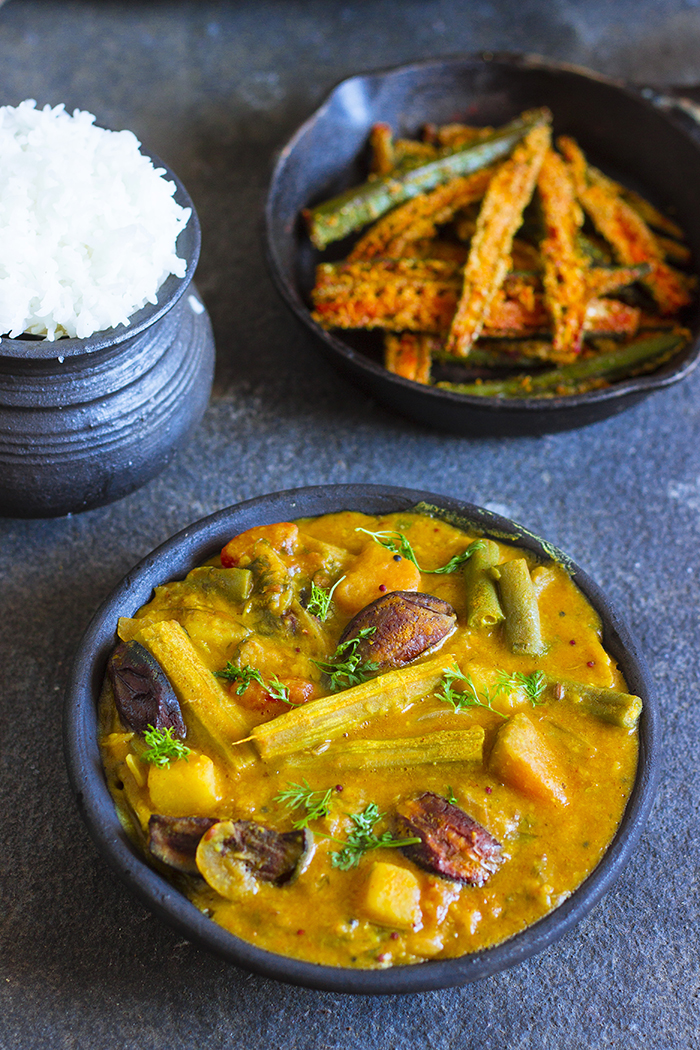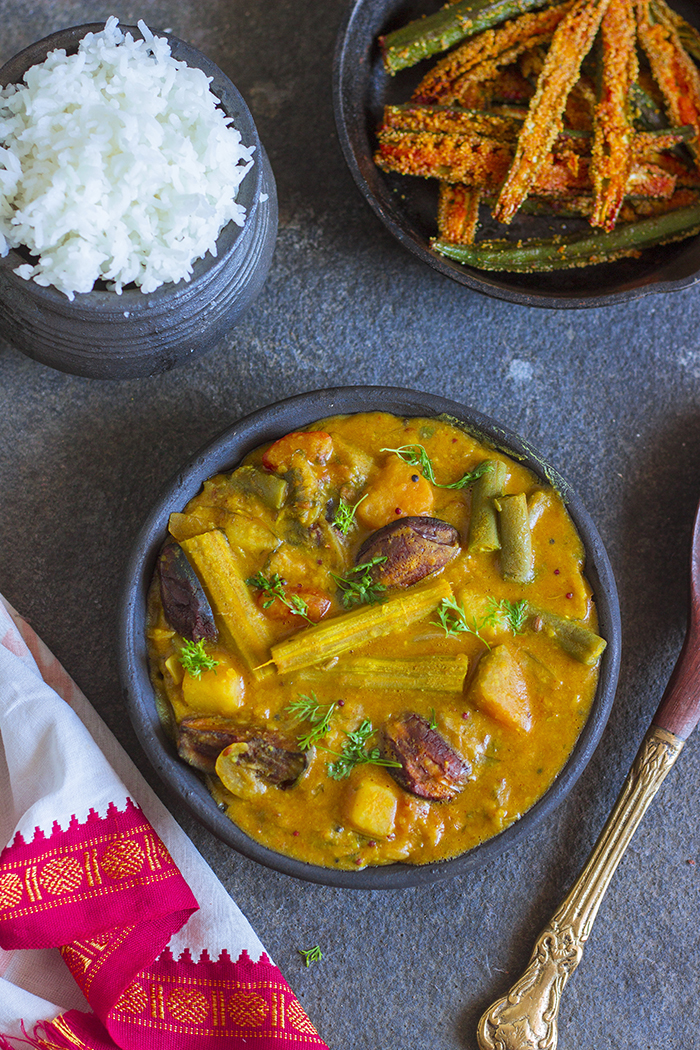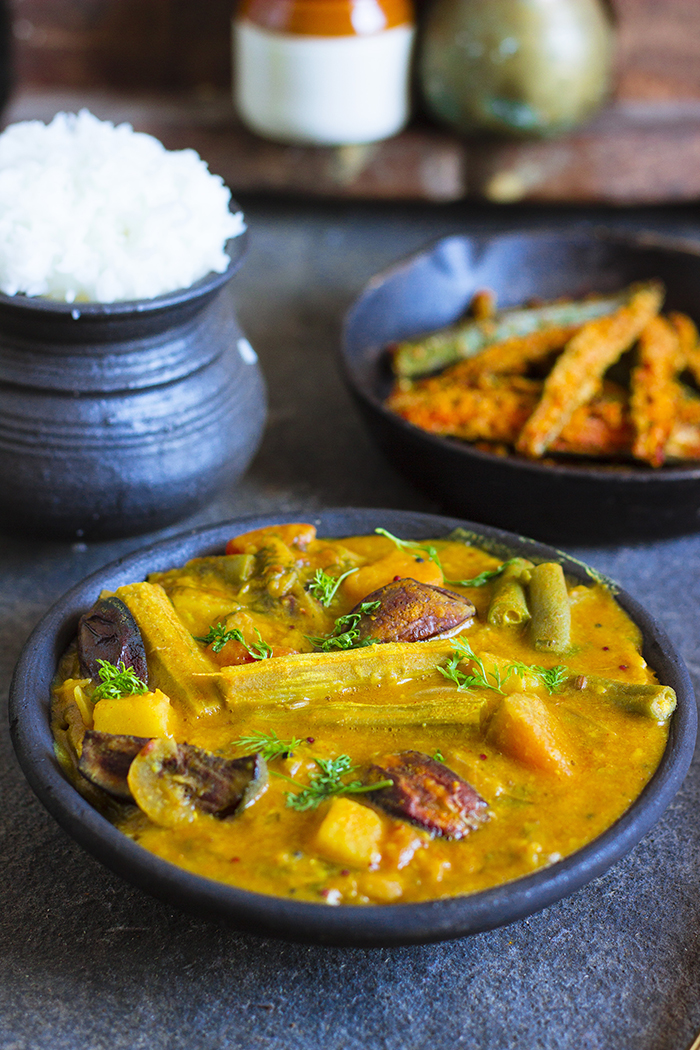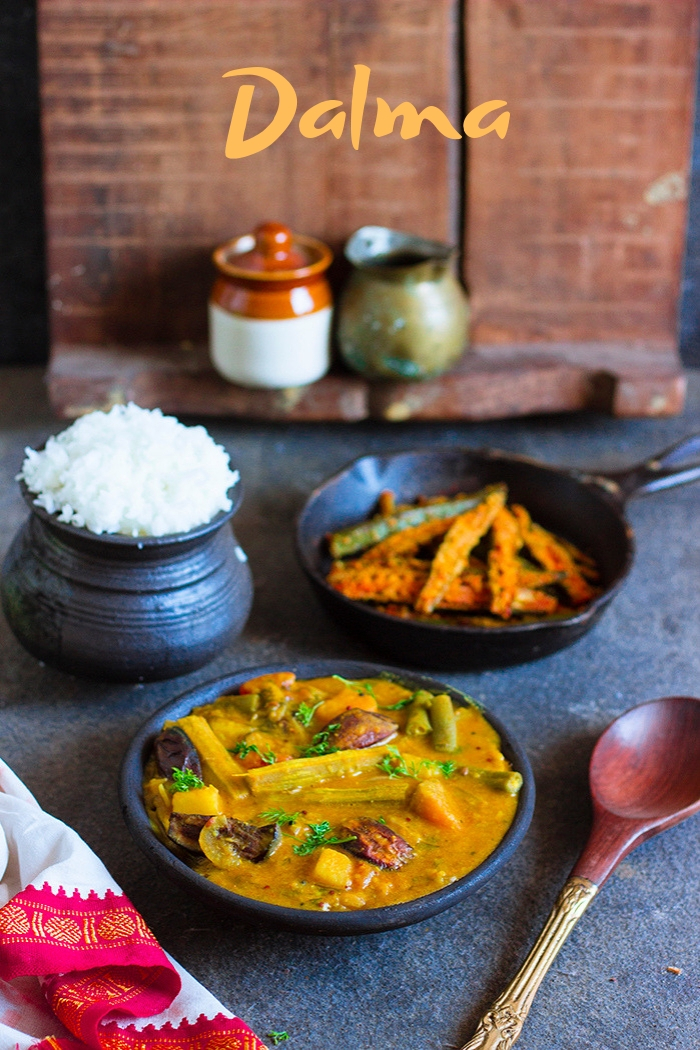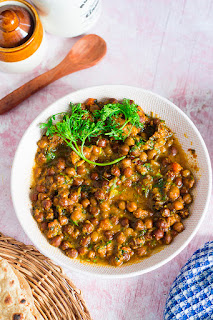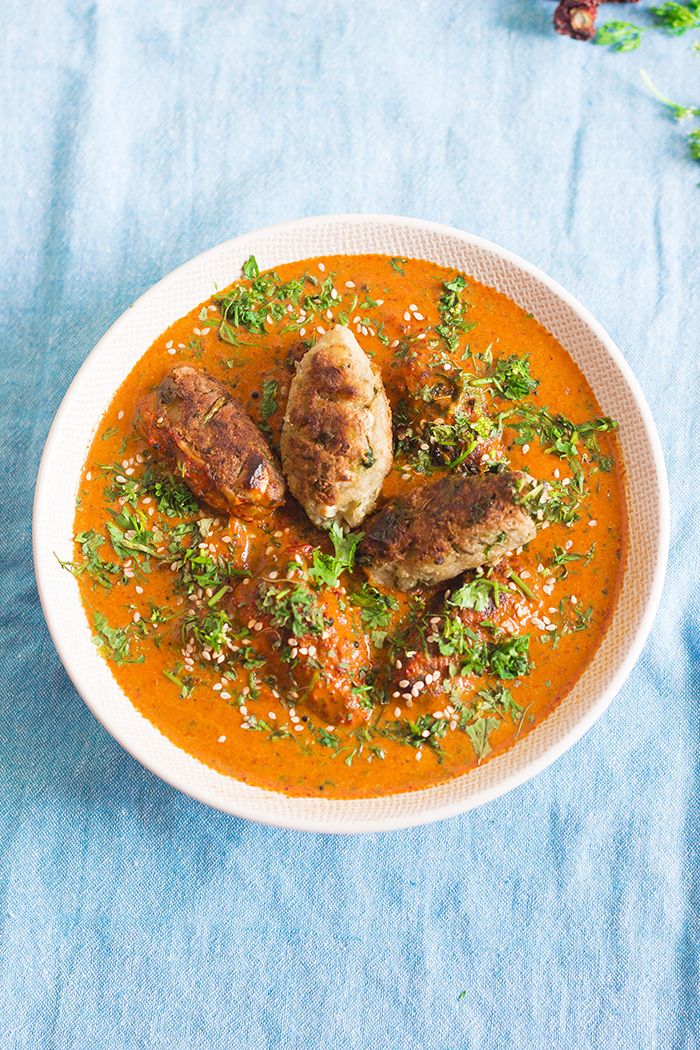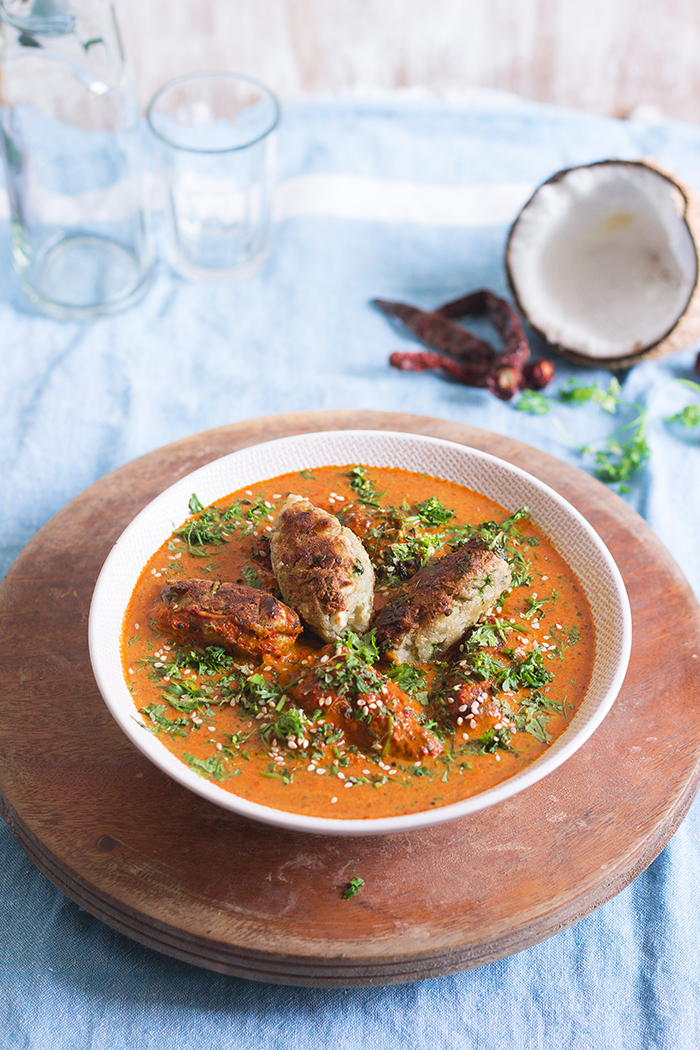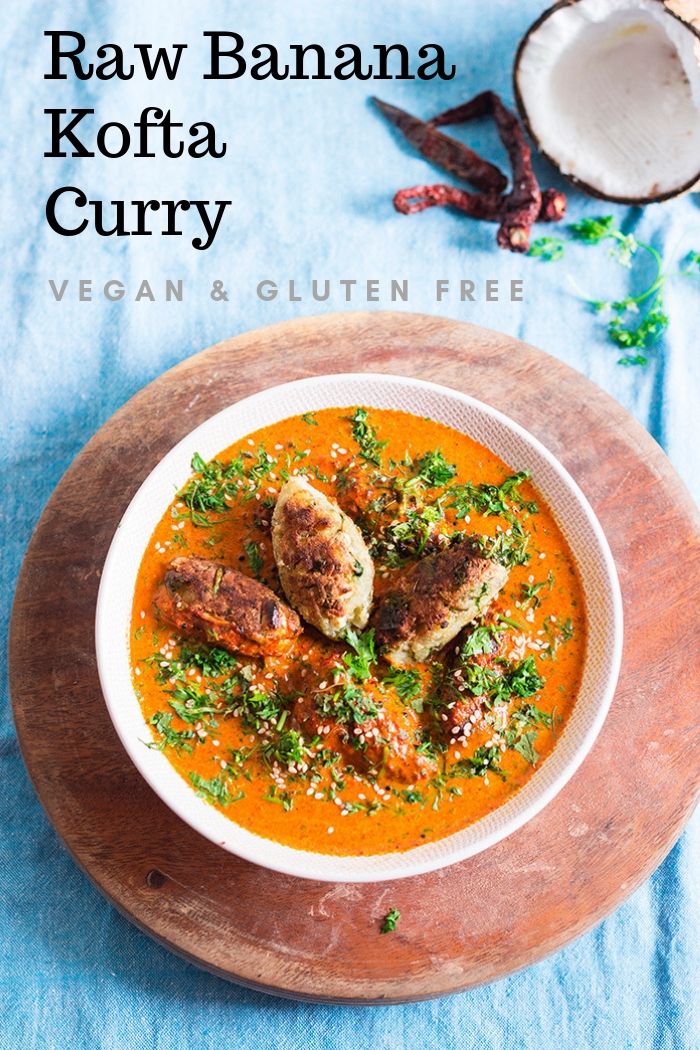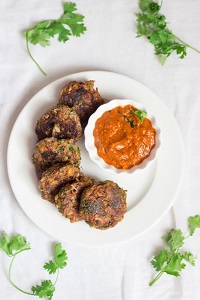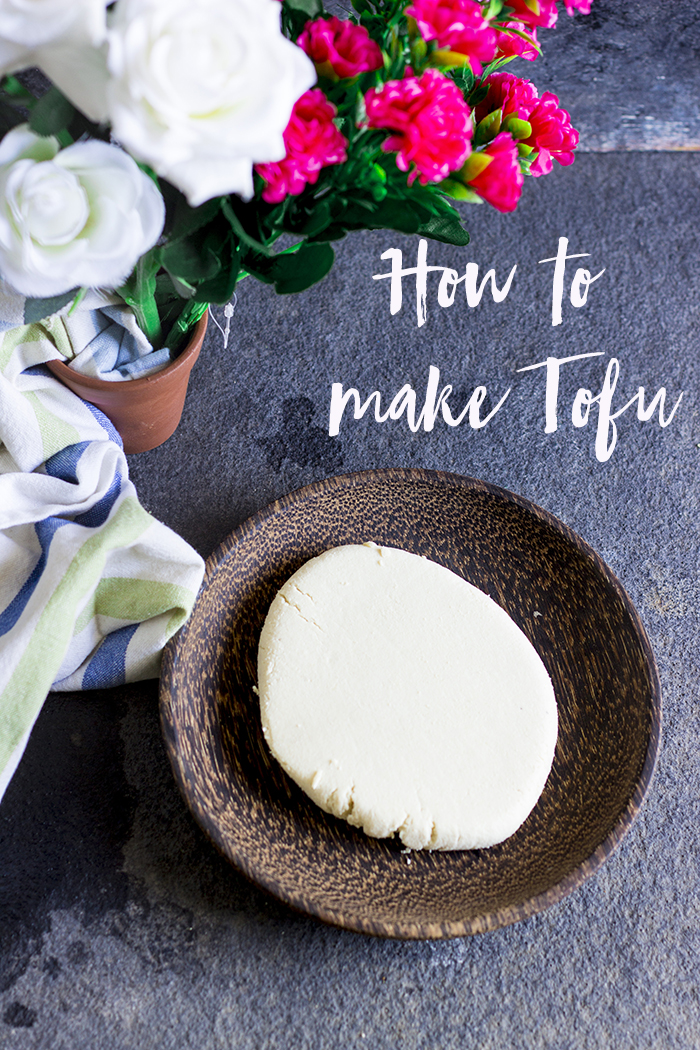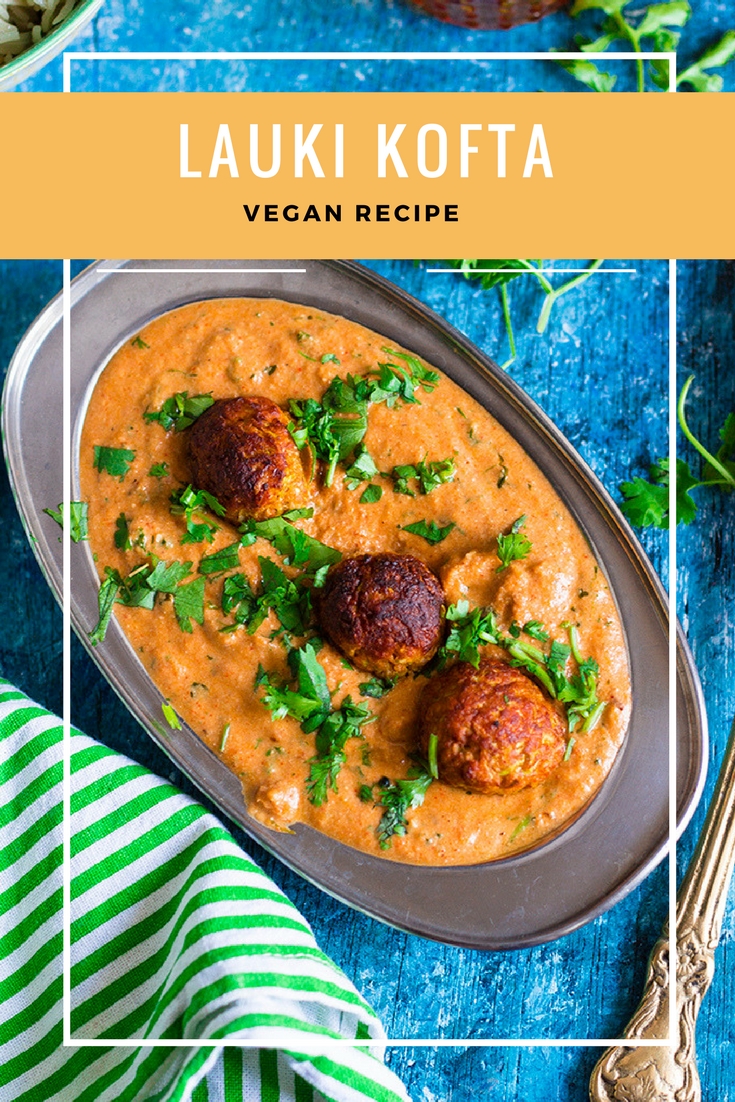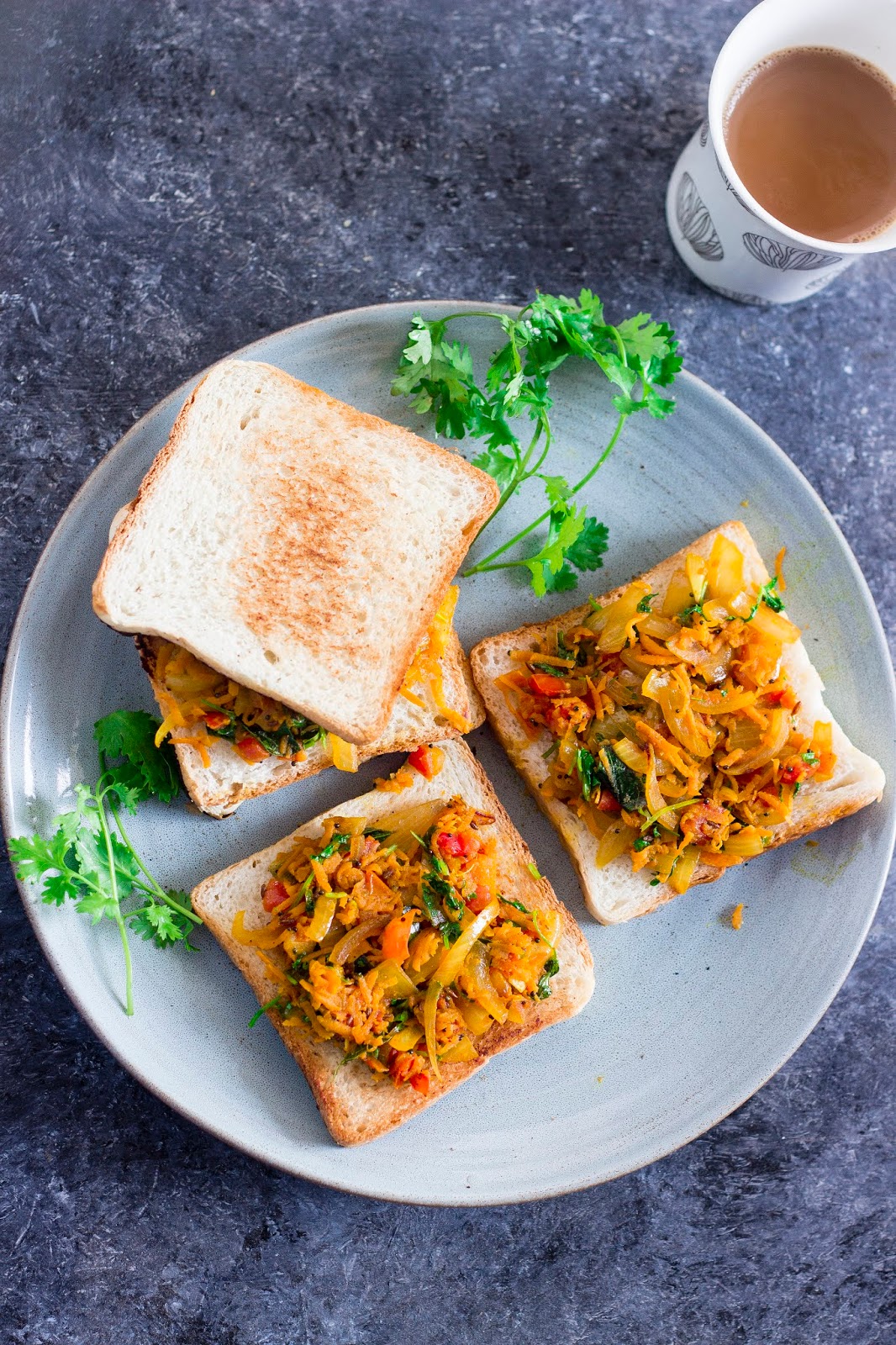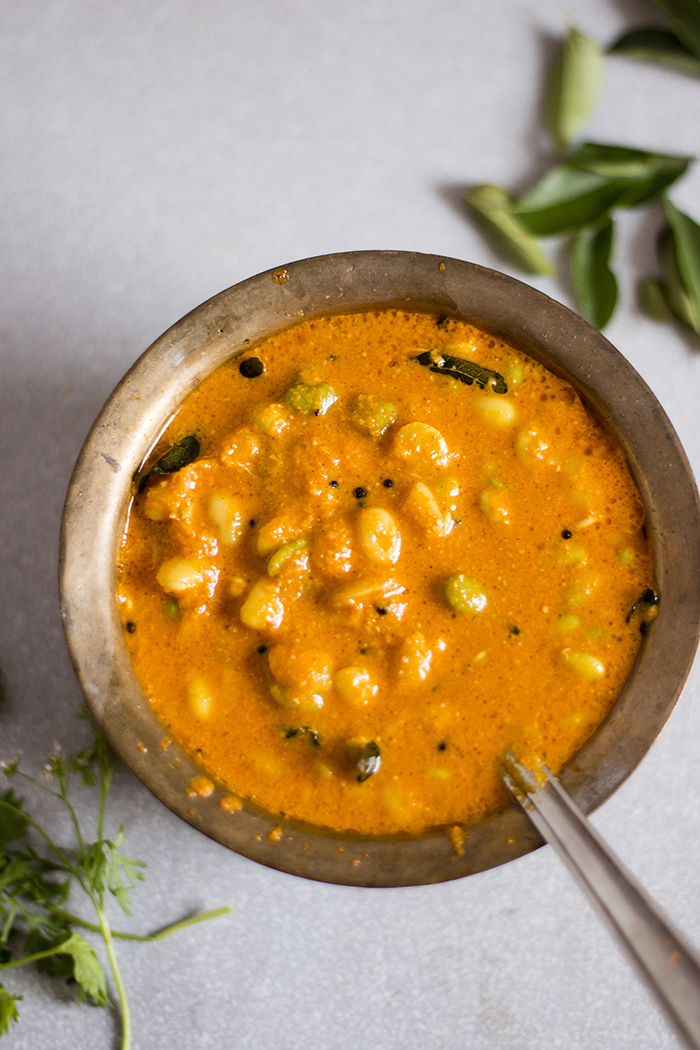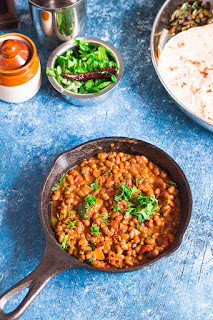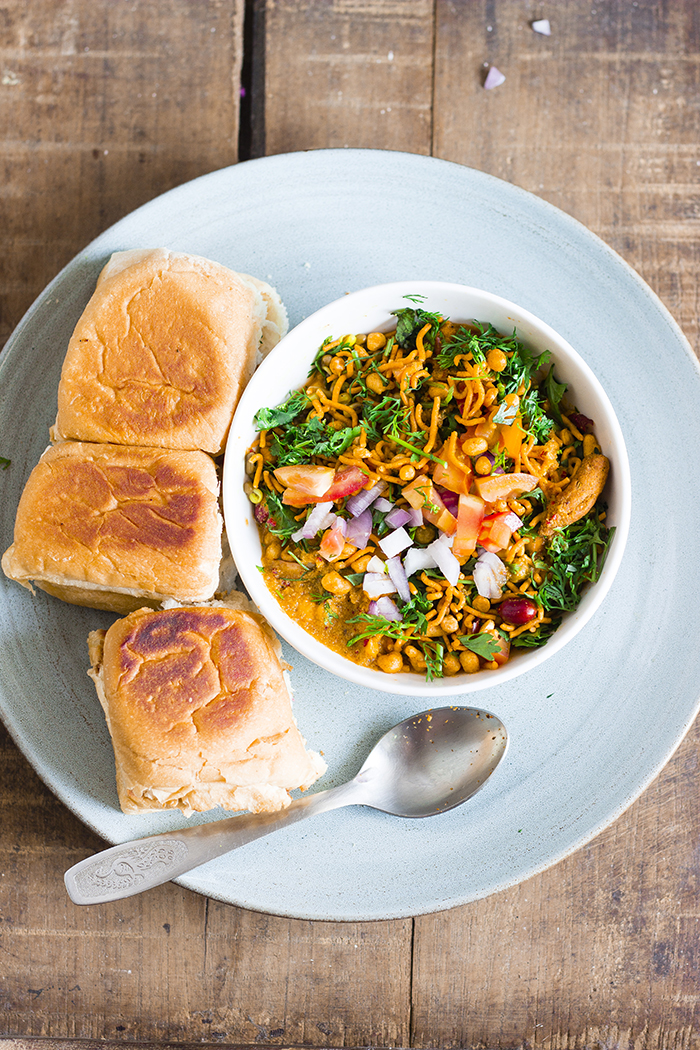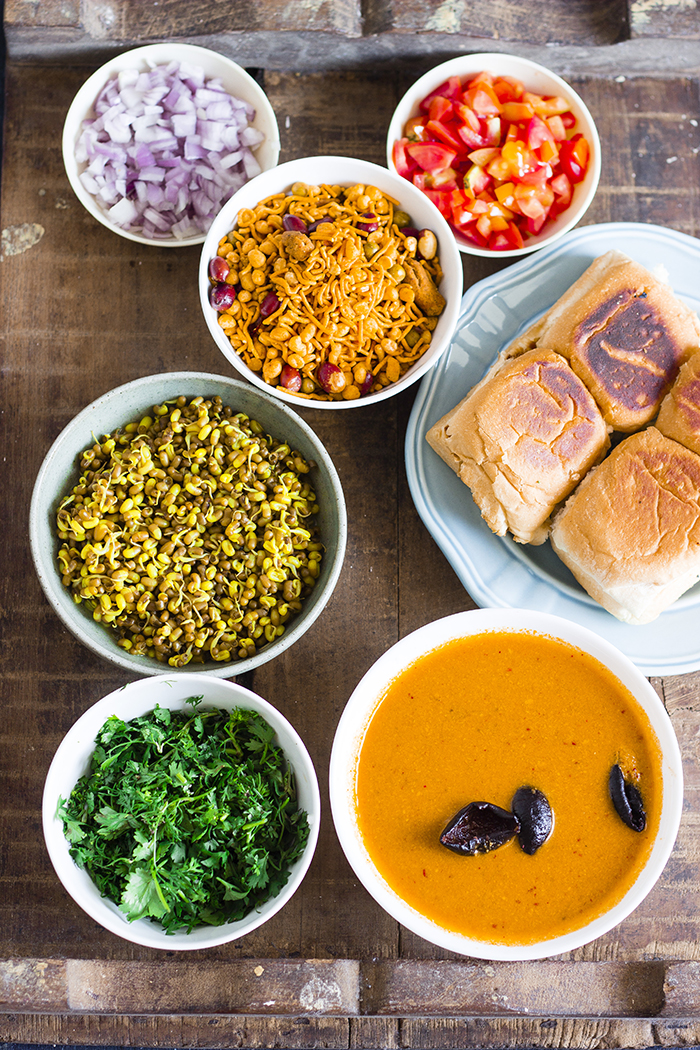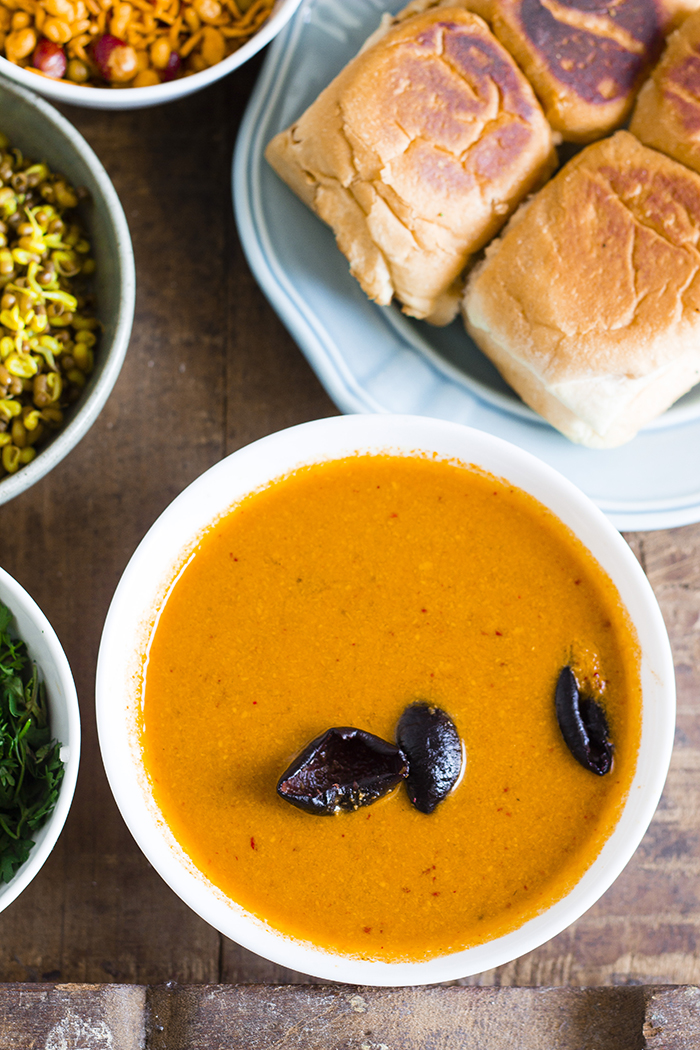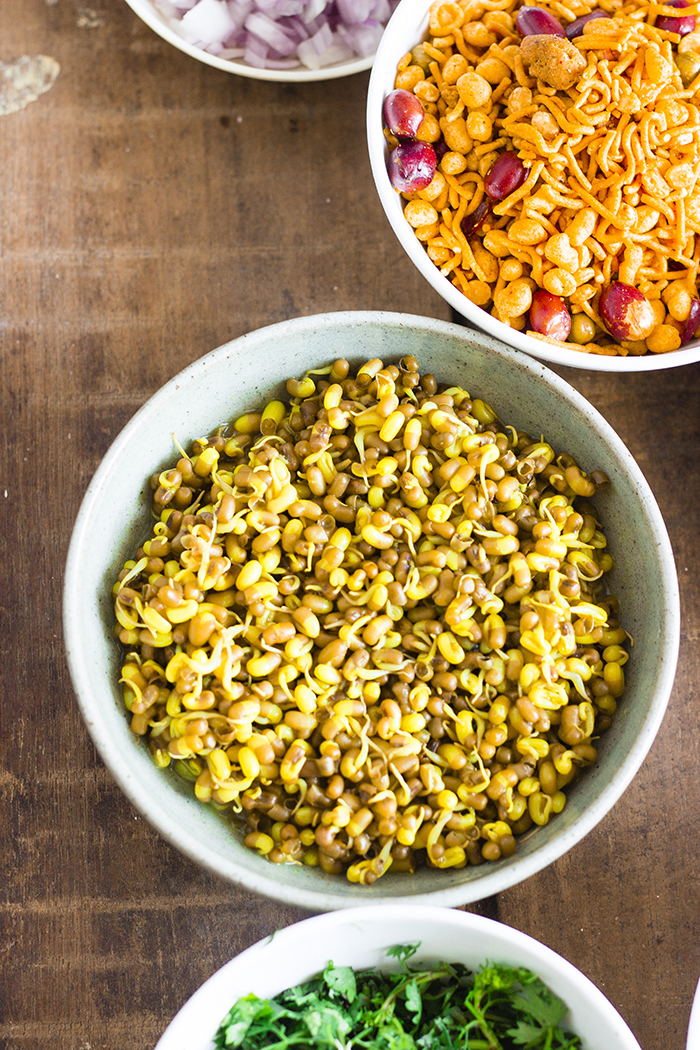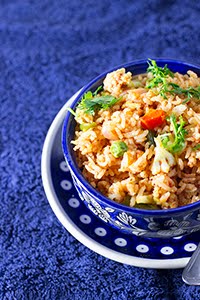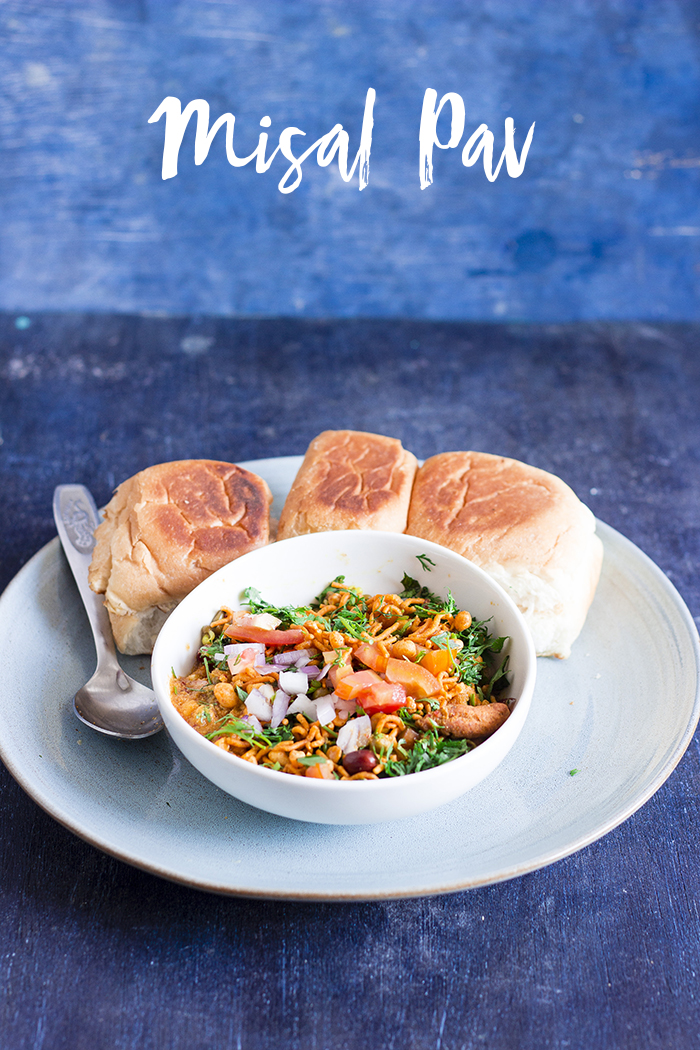Doddapatre Tambuli is a traditional summer curry made with coconut and curd from Karnataka. This curry is made with Mexican mint leaves or Ajwain Patta.
In a hurry? Jump to Video or Jump to Recipe
There has never been a better time to make Tambuli or Thambli as now. This summer heat calls for eating something that cools your insides.
Every region in India has a yogurt (curd) based curry that is popularly made in summer. Tambuli is one of those curries in Karnataka. It is very similar to Majjige Huli, but is much simpler and cooler. The main difference is Majjige Huli is boiled, while the Tambuli is not cooked, hence, usually needs to be consumed fresh.
| Doddapatre |
My first interaction with this dish was at a Temple. On the coastal belt of Karnataka, there is a Lord Ganapati temple at Idagunji. When my grandfather frequented the place, one had to walk for miles together to reach it and it was hidden away tucked into a forest. I've seen the temple change from a small village temple to a quite popular one. When I used to visit the temple with my parents, it was still pretty small and the highway gave no indication to the tucked away temple. With no Google maps, one had to know the road before hand or had to ask the village folks for directions. It was here that they served a simple meal for lunch - Rice and Tambuli. It was and has been the only meal at a temple that I have relished.
Tambuli can be made with a variety of greens, but the recipe differs slightly with each green. Some are cooked longer while some are used raw. Doddapatre is mildly sauteed until it turn slightly yellow and wilts, this makes them milder in taste. The browned leaves are ground to a fine paste along with green chilli and fresh coconut. Whisked curd or buttermilk is added along with some salt. Then a tempering of cumin seeds and curry leaves, and Tambuli is ready to be served. Tamuli is not heated again, unlike most other curries. Tambuli is served with steamed rice.
P.S - This recipe has been reposted. The recipe was originally published in 2014. Images have been updated and a video has been added. The recipe remains the same.
If you made this recipe, let me know! Leave a comment here or on Facebook, tag your tweet with @oneteaspoonlife on Twitter and don't forget to tag your photo @oneteaspoonoflife on Instagram. You can also email me at onetspoflife@gmail.com I'd love to see what you are upto. If you like this recipe, do not forget to share it with your friends and family!
Video Recipe
--------------------------------------------------------------------------------------------------------------------------
Doddapatre Tambuli
 Doddapatre Tambuli is a traditional summer curry from Karnataka that is made with coconut, buttermilk or curd and doddapatre leaves, also known as Mexican mint or Ajwain Patta. This cooling curry is served with rice.
Doddapatre Tambuli is a traditional summer curry from Karnataka that is made with coconut, buttermilk or curd and doddapatre leaves, also known as Mexican mint or Ajwain Patta. This cooling curry is served with rice.Recipe Type: Main Course
Cuisine: Karnataka
Prep Time: 5 minutes
Cook time: 30 minutes
Yield: 2 Servings
Ingredients:
20-25 Doddapatre Leave, chopped
0.5 cup Fresh Coconut, grated
1.5 cups Curd
1 Green Chilli
1 tsp Cumin seeds
A few Curry leaves
3 tsp Oil
Salt to taste
Water as required
Method:
1. Heat 1 tsp of oil in a pan and add the chopped doddapatre leaves.
2. Saute until the leaves wilt and turn slightly yellow.
3. Remove from heat and cool slightly.
4. Fry until the doddapatre turns slightly yellow.
5. Remove from heat and allow it to cool.
6. Grind it along with coconut, green chilli and a little water to a fine paste
7. Heat oil in the pan and add the cumin seeds. Once they brown, add the curry leaves.
8. Remove the pan from heat and add the blended paste. Mix well.
9. Add in whisked curd or buttermilk. Add salt to taste.
10. Add in more water if it is very thick.
11. Serve it with hot rice
If you liked this, you may also like:

